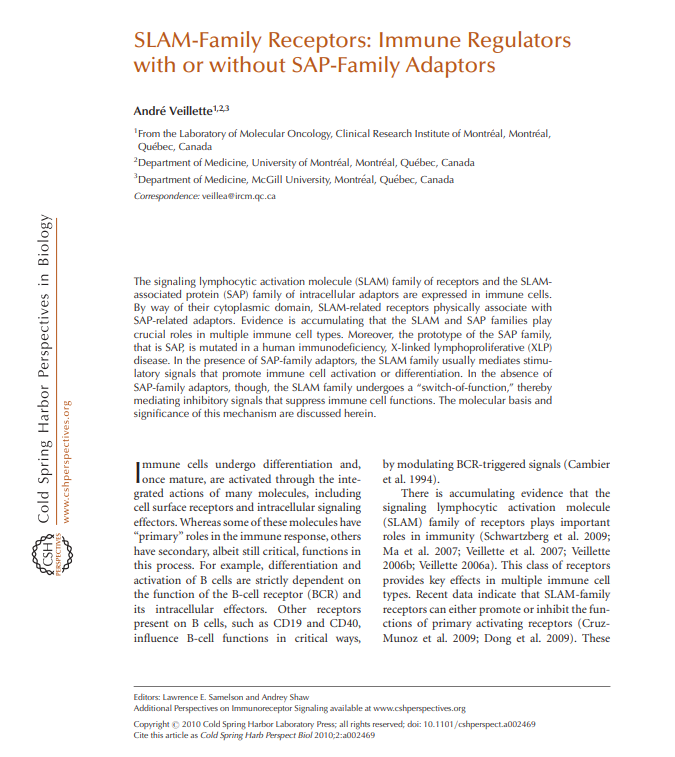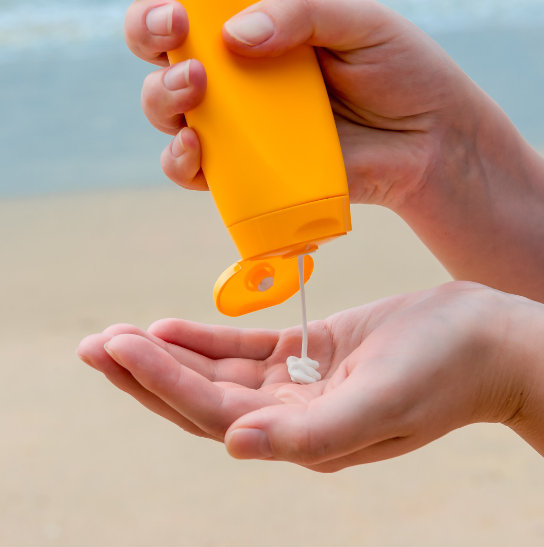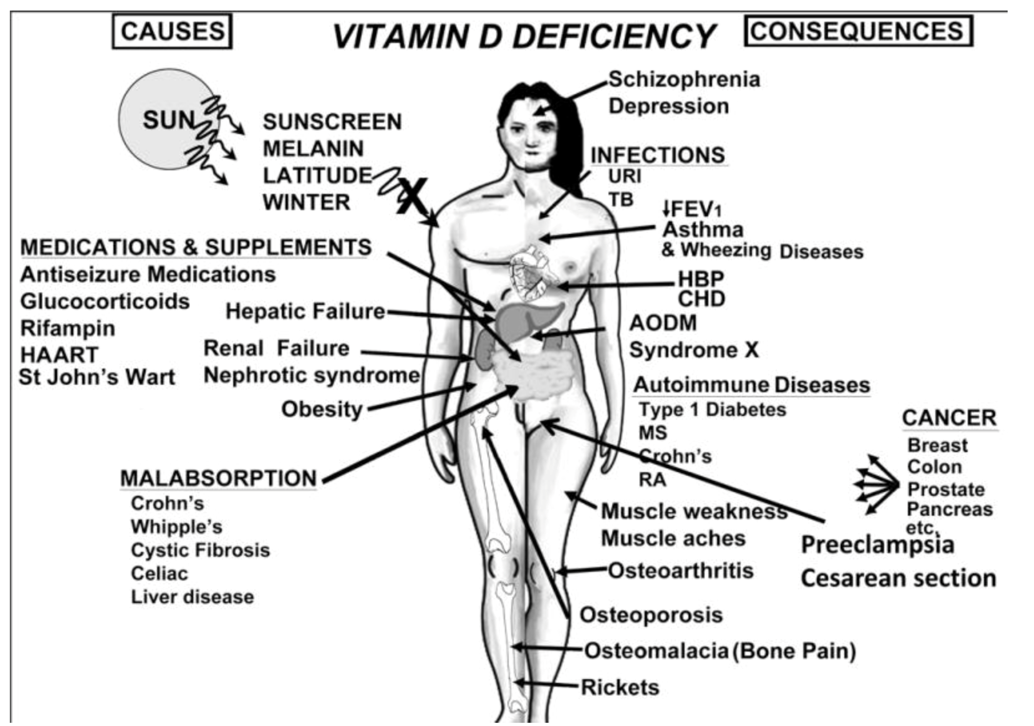Sleep, Vitamin D, Melatonin, and Light
Sleep is such an important and often overlooked resource that is essential to life. I remember being a late teenager thinking that I could get so much more done if only I didn’t have to sleep. I spent several years in my 20s sleeping only 4-5 hours a day to get through university and a full-time job, thinking I was fine. Little did I know that I may have been doing myself immeasurable harm—only time will tell.
The Impact of Poor Sleep Habits
Making the whole situation worse was the fact that I worked all night and was in university halls under artificial, blue spectrum lights all day, seeing very little of the outside world. Not getting full spectrum sunlight on my skin and in my eyes hindered my ability to build melatonin and regulate my pineal gland to reset the biological clock for hormones, growth, and repair each day. In fact, I actually have a bowed leg, which may be a sign of rickets, a vitamin D deficiency disease not so common in the modern world but more prevalent in places like New Zealand with low sunshine hours and lots of rain (that’s why it’s so green).
The Connection Between Vitamin D and Sleep
Reading the paper titled "The World Epidemic of Sleep Disorders is Linked to Vitamin D Deficiency", by Stasha Gominak, brought this thought process to the forefront of my mind. Dr. Gominak observed that many of her patients with neurological symptoms had a comorbidity of sleep fragmentation and vitamin D deficiency, leading her to study this phenomenon in 1,500 subjects. She then wrote this paper linking the global prevalence of sleep disorders with widespread vitamin D deficiency—similar to what I experienced.
Dr. Gominak argues that the rising incidence of sleep disturbances, including insomnia, sleep apnea, and disrupted sleep patterns, can be correlated with insufficient levels of vitamin D in the population.
Review of Dr. Gominak's Paper
Gominak examines the physiological role of vitamin D in regulating sleep through its impact on the brain’s sleep centers, particularly the production of serotonin and melatonin, which are critical for maintaining healthy sleep cycles. The paper discusses how vitamin D receptors are present in key brain regions involved in sleep regulation, suggesting a direct influence of vitamin D on sleep quality.
Furthermore, the paper highlights the importance of vitamin D for overall health, noting its involvement in immune function and neurological processes that affect sleep. Gominak supports this hypothesis with a review of clinical studies and epidemiological data, indicating that individuals with low vitamin D levels are more likely to experience sleep disturbances.

Practical Recommendations
Gominak concludes by recommending increased awareness of vitamin D’s role in sleep health and advocating for public health measures to address vitamin D deficiency as a potential strategy to mitigate the global sleep disorder epidemic. She suggests that supplementing with vitamin D, along with monitoring and maintaining optimal levels, could be a simple and effective approach to improving sleep quality and overall well-being on a population level.
My Thoughts on the Topic
In general, I agree with Dr. Gominak that we in the Western world are facing an epidemic of low vitamin D levels. This issue has been deeply exacerbated since the 1980s in places like New Zealand and Australia with the "Slip, Slop, Slap" message of sunscreen use. The promotion of skin exposure to the sun being equated with skin cancer, and the mantra "if you burn, you’ll get cancer" has become firmly lodged in people’s minds.Normal text.
The Reality of Sunscreen Use
Interestingly, sunscreens may not be as effective as advertised, with many failing to stop the solar radiation purported to cause skin cancer. Many sunscreens also contain components that have had toxic effects, leading to a high mortality rate in experiments on mice exposed to solar-simulated light. A paper on regular vs. discretionary sunscreen use found that more people in the regular group died of cancer (63 vs. 58 cancer deaths), but this finding was cleverly minimized within the broader all-cause mortality findings.
They would have you believe that sunscreen is an effective preventive measure for heart disease? This study shows that you are about 10% more likely to get cancer if you always wear sunblock—not a great recommendation.

Full Spectrum Light and Health
The point is that full spectrum light has become dangerous, and we spend much more time indoors than we used to, yet we are still getting skin cancers and melanomas, not to mention the massive increase in cancers since 1980. But to consider it just a lack of vitamin D may be shortsighted, and it undervalues the benefits of sunlight.
An experiment mimicking full spectrum light in post-surgical breast cancer patients found that Polychromatic light (480–3400 nm), similar to the terrestrial solar spectrum without its UV component, prevented the development of immunosuppression in these patients at the early post-mastectomy period.
Of interest, dermatologists who have spent years telling us how bad sunlight is use Polychromatic light therapy as a treatment for dermatitis. This therapy offers significant reductions in erythema of the affected zones, with a concomitant reduction in pruritus and dehydration of the skin, without side effects or discomfort.
Understanding the Role of Melatonin
Let’s look at it from another angle: Human beings are diurnal and are inherently conditioned to spend time outdoors during daylight hours (away from artificial blue light) and in bed at night to sleep. Thus, melatonin is synthesized during periods of darkness and ceases to be created when exposed to daylight or blue light in general. Melatonin, produced by the pineal gland, has a crucial role in regulating circadian rhythms in the body and in the suppression of infection, inflammation, cancer, and autoimmunity.
People exposed to sunlight or very intense artificial light in the morning produce more nocturnal melatonin and fall asleep more readily at night. Melatonin production also varies seasonally in response to light availability, with the hormone being generated for longer periods in the winter than in the summer. Exposure to bright morning light has been shown to advance the melatonin rhythm phase, which has been useful in treating insomnia, premenstrual syndrome, and seasonal affective disorder.
The Interplay of Serotonin and Melatonin
Daylight exposure also affects the melatonin precursor, serotonin. Serotonin is normally created during the day and is only converted to melatonin when it is dark. High melatonin levels correspond to long nights and short days, while high serotonin levels in the presence of melatonin reflect short nights and long days.
Melatonin is noted as a powerful antioxidant, a regulator of hormonal cycles and circadian rhythms, and a potent anticancer agent. It improves autophagy, mitochondrial action, and influences cell physiology and molecular biology through multiple mechanisms.
One of the novel uses of melatonin has been as a treatment for primary headache and migraine, with researchers finding that melatonin may play a role in resynchronizing biological rhythms to lifestyle and subsequently relieving migraines and other forms of headaches. In addition, research testing the administration of melatonin found it safe in migraine sufferers, with few or no side effects.

A Schematic Representation of the Major Causes for Vitamin D Deficiency and Potential Health Consequences. Holick copyright 2010. Reproduced with permission.
Final Thoughts and Practical Recommendations
To summarize, I believe that Dr. Gominak is correct about the benefits of vitamin D in improving sleep, immunity, and many other aspects of health. I recommend vitamin D as a nutritional gummy, along with melatonin (also to be chewed as a gummy; for further information, visit Optimal Sleep Airway Health Vitamin D3 Product Page). I aim to have people’s blood levels stay around 150-160 nmol/L, which is in the middle of Dr. Holick’s range. However, I think Dr. Gominak’s paper, while excellent, underestimates the importance of daily sunlight exposure on the skin and the need to reduce exposure to artificial blue light sources such as computers, TVs, phones, tablets, and blue spectrum lighting (like LED lights and fluorescents).
There is a company (Daylight Computer) that is now selling a tablet computer with all the blue spectrum taken out. I have placed a deposit for the next batch sold. There is also free software I currently use (f.lux) designed to reduce the blue spectrum in your device in time with the daylight rhythm of your region. I have used it safely for years.
Another option is to use blue-blocking glasses to reduce the over-stimulation of the brain from excess unbalanced blue frequency light (June Fox Eyewear).
My goal is to get people outside into the sun, with patients having sensible sun exposure with skin contact—just don’t burn! Disconnect from devices, connect with family, friends, and loved ones, and make purchasing choices that diminish the risk to sleep and cancer, such as buying the daylight computer or incandescent bulbs instead of LEDs. Vitamin D and Melatonin gummies appear to be safe from what I can see in the literature, and eating your nutrition engages the vagus nerve, increasing parasympathetic activity to help absorption.
Have an Optimal Day in the Sun and Sleep Fantastically!
References
Gominak, S.C., & Stumpf, W.E. (2012). The world epidemic of sleep disorders is linked to vitamin D deficiency. Medical Hypotheses, 79(2), 132-135. https://doi.org/10.1016/j.mehy.2012.03.031
Bode, A.M., & Roh, E. (2020). Are FDA-approved sunscreen components effective in preventing solar UV-induced skin cancer? Cells, 9(7), 1674. https://doi.org/10.3390/cells9071674
Lindstrom, A.R., et al. (2019). Regular sunscreen use and risk of mortality: Long-term follow-up of a skin cancer prevention trial. American Journal of Preventive Medicine, 56(5), 742-746. https://doi.org/10.1016/j.amepre.2018.12.010
Belot, A., et al. (2008). Cancer incidence and mortality in France over the period 1980–2005. Revue d'Épidémiologie et de Santé Publique, 56(3), 159-175. https://doi.org/10.1016/j.respe.2008.02.002
Zhevago, N.A., et al. (2017). Polychromatic light (480–3400 nm) similar to the terrestrial solar spectrum without its UV component in post-surgical immunorehabilitation of breast cancer patients. Journal of Photochemistry and Photobiology B: Biology, 166, 44-51. https://doi.org/10.1016/j.jphotobiol.2016.11.008
Leguina-Ruzzi, A., et al. (2019). Treatment of non-atopic dermatitis with polarized UV-free polychromatic light: A case report. Clinics and Practice, 9(3). https://doi.org/10.4081/cp.2019.1186
Mead, M.N. (2008). Benefits of sunlight: A bright spot for human health. Environmental Health Perspectives, 116(4), A160-A167. https://doi.org/10.1289/ehp.116-a160
Li, Y., et al. (2017). Melatonin for the prevention and treatment of cancer. Oncotarget, 8(24), 39896-39921. https://doi.org/10.18632/oncotarget.17870
Peres, M.F.P. (2005). Melatonin, the pineal gland and their implications for headache disorders. Cephalalgia, 25(6), 403-411. https://doi.org/10.1111/j.1468-2982.2005.00903.x
Gagnier, J.J. (2001). The therapeutic potential of melatonin in migraines and other headache types. Alternative Medicine Review, 6(4), 383-389.
Holick, M.F. (2011). Vitamin D: A D-lightful solution for health. Journal of Investigative Medicine, 59(6), 872-880. https://doi.org/10.2310/JIM.0b013e318214ea2d
Ohta, M., Ueda, T., & Sakurai, K. (2017). Effect of chewing or compressing food on autonomic nervous activity in older adults. Gerodontology, 34(4), 434-440. https://doi.org/10.1111/ger.12297

